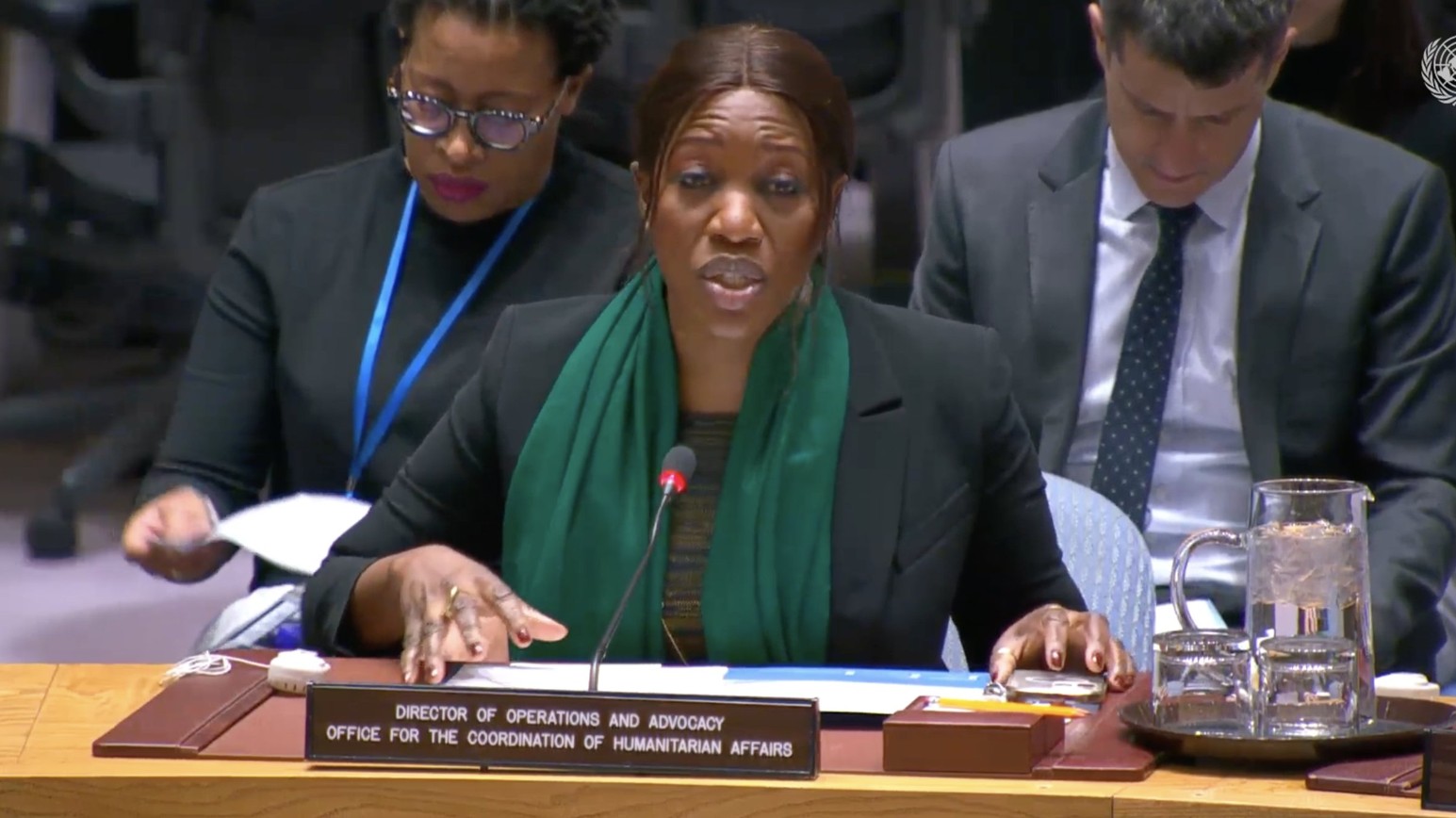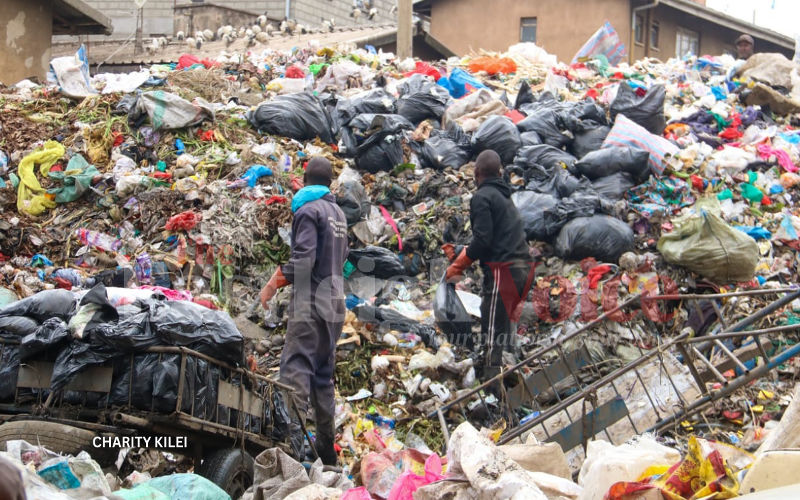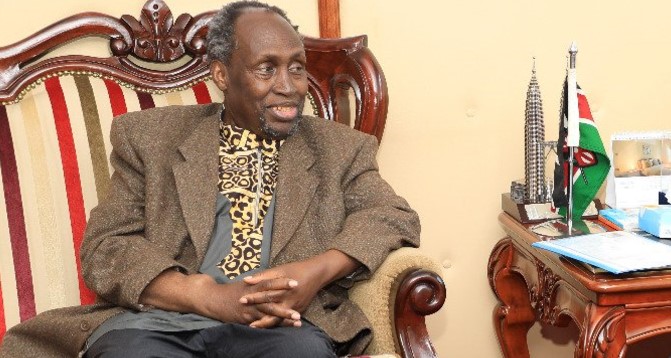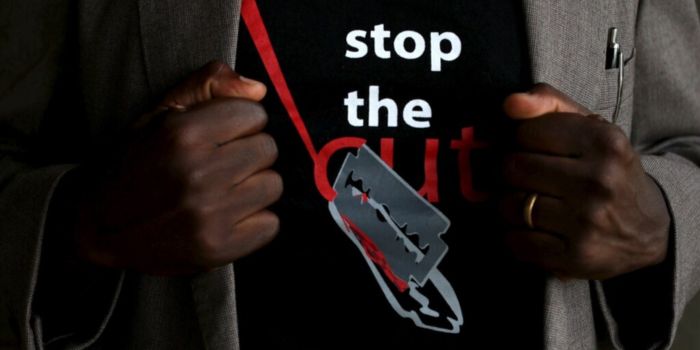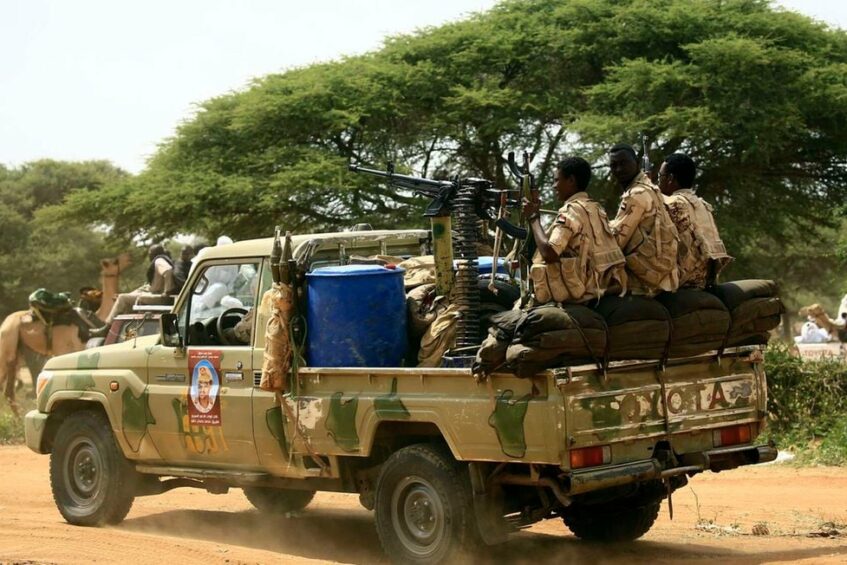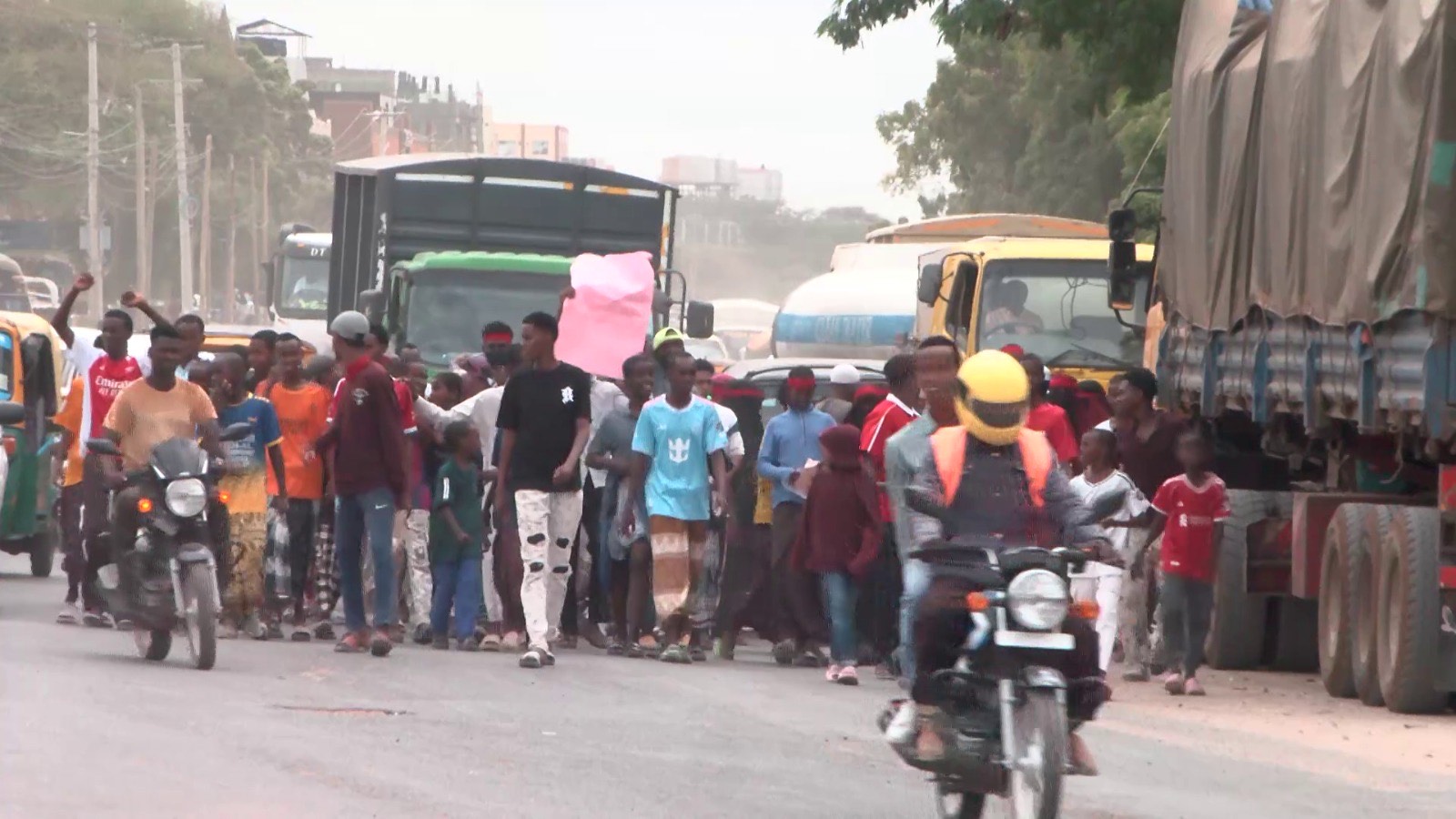Strikes on Gaza houses and tents responsible for over half of deaths this week
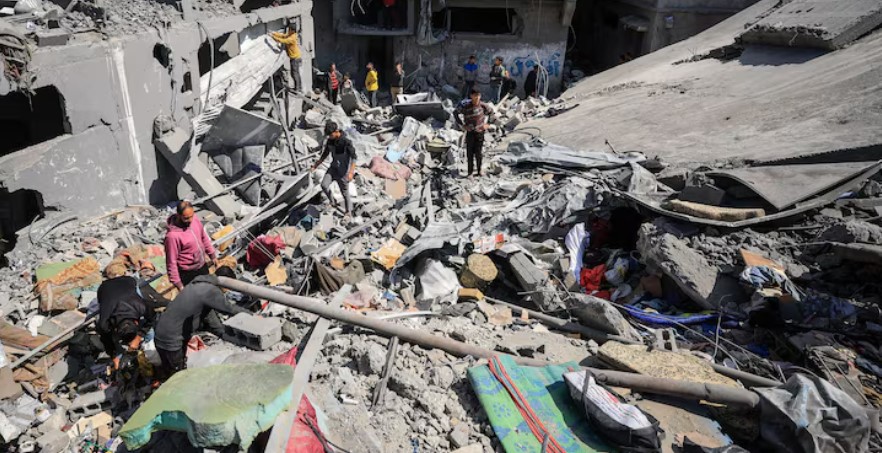
At least 358 were killed because of attacks targeting houses and tents for displaced people, with children and women comprising at least 148 of the victims.
More than half the people killed in Gaza over the past week were in shelters and residential buildings, the UN human rights office OHCHR said on Thursday.
629 Palestinians were reportedly killed in the last week, according to OHCHR in the Occupied Palestinian Territory.
More To Read
- UN urges unity, action to address Ethiopia's humanitarian needs
- Antonio Guterres renews ceasefire appeal as Israel intensifies assault on Gaza
- West Bank settler expansion scheme threatens Palestinian life: UN
- Hospitals overflowing in Gaza, as malnutrition surges
- More than three million displaced people return home in DRC despite ongoing conflict
- Why UK recognition of a Palestinian state should not be conditional on Israel’s actions
At least 358 were killed because of attacks targeting houses and tents for displaced people, with children and women comprising at least 148 of the victims.
"The high number of strikes on shelters, in the context of the existing destruction of infrastructure in Gaza, raises grave concerns that not all strikes were targeting military objectives,” OHCHR said.
Journalists under fire
Furthermore, nine Palestinian journalists were killed last week, making it one of the deadliest for the profession since the conflict began in October 2023.
Although journalists have a deep sense of duty to their work, “they, too, are displaced, tired and hungry like the rest of the population of Gaza,” OHCHR said.
“However, it appears that in many instances, these journalists may have been deliberately targeted with the intention of limiting the flow of information on what is happening in Gaza and the scale of the impact that this war is having on civilians.”
The office said international journalists must be allowed into Gaza and their safety ensured.
Aid on the move
Meanwhile, lifesaving aid is making its way across the enclave following a nearly 80-day blockade.
UN aid coordination office OCHA confirmed that 90 trucks carrying nutrition supplies, flour, medicines and other critical stocks left the Kerem Shalom border crossing on Wednesday for multiple destinations inside Gaza.
Among the supplies were more than 500 pallets containing items such as ready-to-use therapeutic food and nutritional supplements which were offloaded at a warehouse in Deir Al-Balah belonging to the UN Children’s Fund (UNICEF).
The contents are being unpacked and repackaged into smaller loads for onward transportation to distribution points.
Famine risk persists
A handful of bakeries in south and central Gaza, supported by the UN World Food Programme (WFP), are also now operational and are back to baking bread, which is being distributed via community kitchens.
“However, after nearly 80 days of a total blockade of humanitarian assistance, families still face a high risk of famine, and far more aid is urgently needed into the Gaza Strip,” said Mr. Dujarric.
Food security experts recently warned that Gaza’s entire population, over two million people, are at risk of famine, with nearly half a million facing starvation.
Humanitarians underlined the critical need for Israel to facilitate the movement of aid convoys, including from southern Gaza into the north, so that all supplies can reach people in need wherever they are.
Top Stories Today




